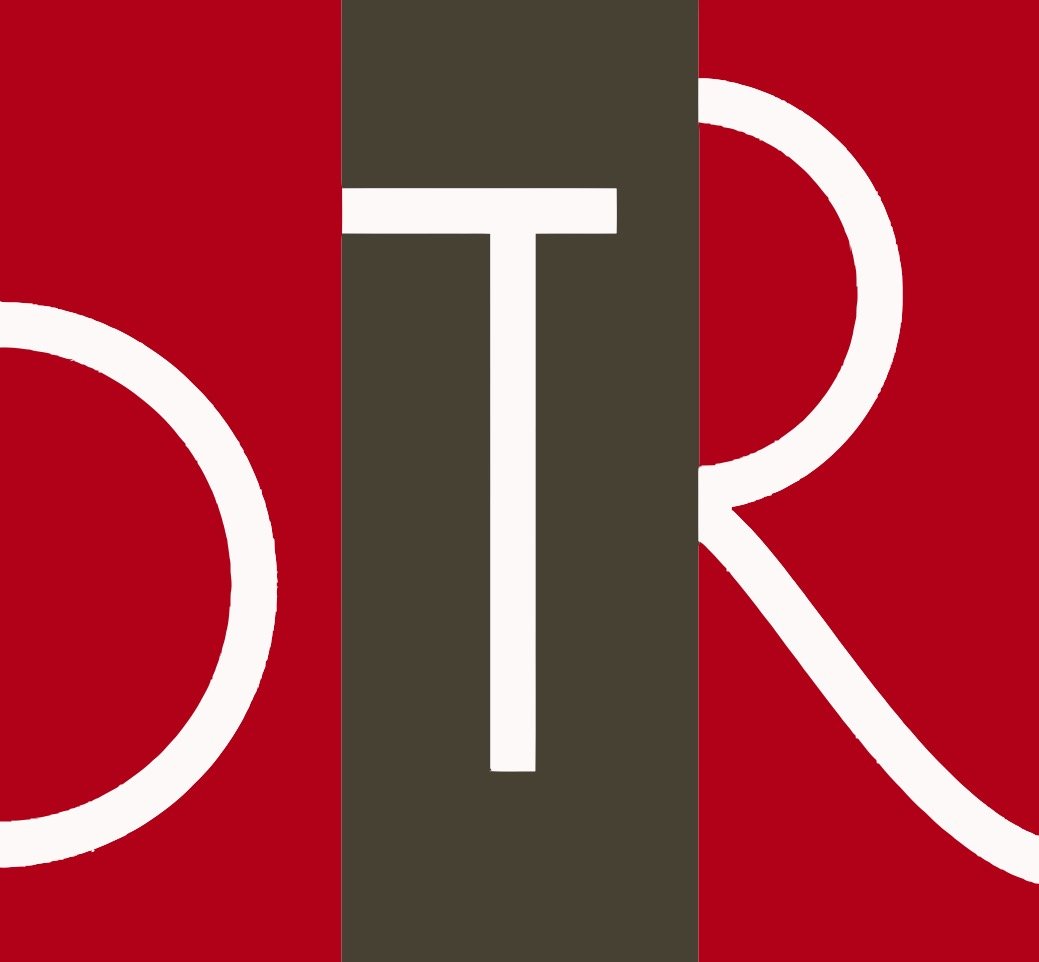JEAN MICHEL BASQUIAT
Jean-Michel Basquiat began as a New York City graffiti artist but gained international fame for his colorful works of art that incorporated an array of words and images and oftentimes served as a form of social critique. He was born on December 22, 1960 in Brooklyn, New York to a Haitan father and a mother of Puerto Rican descent. Early on, Basquiat displayed a proficiency in art which was encouraged by his mother.
ABOUT JEAN-MICHEL BASQUIAT
In 1977, Basquiat, along with friend Al Diaz began spray painting cryptic aphorisms on subway trains and around lower Manhattan and signing them with the name SAMO©. The following year, he left home and dropped out of high school just one year before graduating, selling hand-painted postcards and T-shirts to make a living. In June of 1980, Basquiat's art was publicly exhibited for the first time in a show sponsored by Colab (Collaborative Projects Incorporated) along with the work of Jenny Holzer, Lee Quinones, Kenny Scharf, Kiki Smith and other contemporary artists of his time. Following this show, Basquiat continued to exhibit his work around New York City and also in Europe, participating in shows with artists like Keith Haring and Barbara Kruger.
In December of 1981, poet and artist Rene Ricard published the first major article on Basquiat entitled "The Radiant Child" in Artforum and in 1982, Basquiat was featured in the group show "Transavanguardia: Italia/America." In the following two years, Basquiat had one-artist exhibitions at the galleries of Annina Nosei and Larry Gagosian and was also included in the "1983 Biennial Exhibition" at the Whitney Museum of American Art. Around this time, Basquiat was befriended by Andy Warhol, a relationship which sparked discussion concerning white patronization of black art, an issue that persists when examining Basquiat's life and work. Basquiat and Warhol collaborated on a number of paintings and their relationship continued until Warhol's death in 1987.
By 1984, many of Basquiat's friends had become concerned about his excessive drug use, often finding him unkempt and in a state of paranoia. However, he continued to exhibit his work and appear in magazines, posing on the cover of The New York Times Magazine, for an article titled "New Art, New Money: The Marketing of an American Artist." In March, Basquiat had his second one-artist show at the Mary Boone Gallery, where critic Robert Farris Thompson examined his work in the context of an Afro-Atlantic tradition.
Between 1986 and 1988 Basquiat had shows in Abidjan on the Ivory Coast, and again in Paris in New York. More than sixty of his paintings and drawings headlined at an exhibition at the Kestner-Gesellschaft in Hannover, making Basquiat, then 25, the youngest artist ever to hold an exhibition there. Despite his success, Basquiat still struggled with drug addiction and decided to leave New York for his ranch in Haiti to try to end to his drug use. He returned to New York in June claiming to be drug-free but died a few months later on August 12, 1988 from a heroin overdose at the age of 27.

